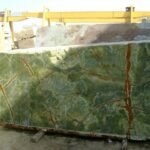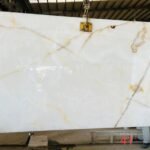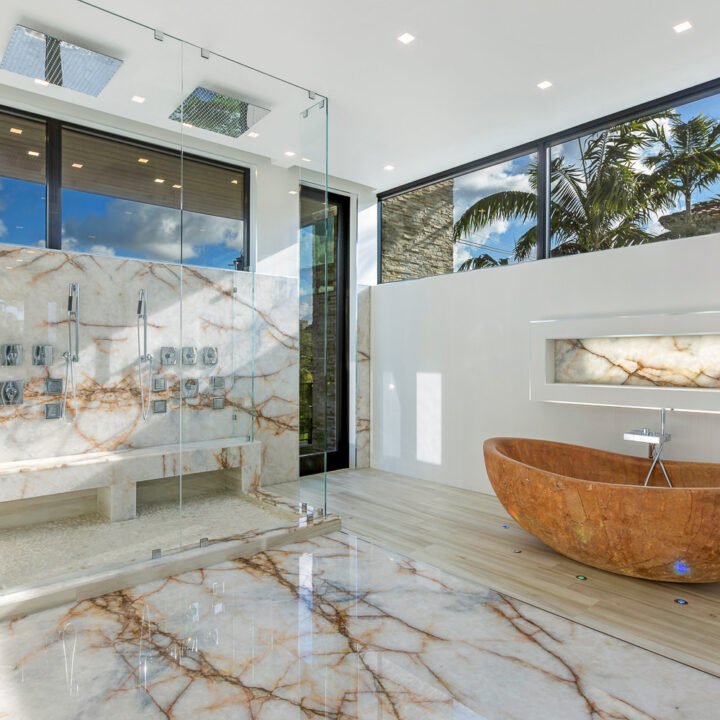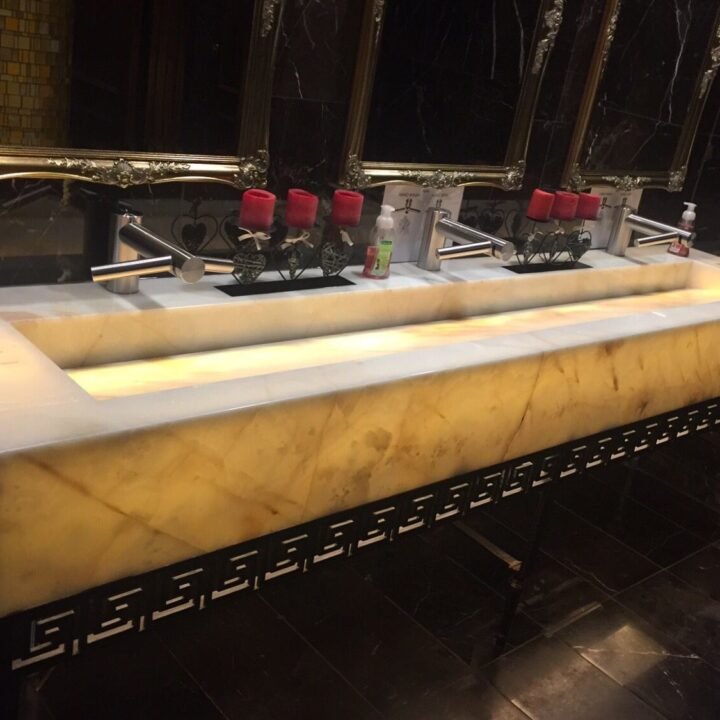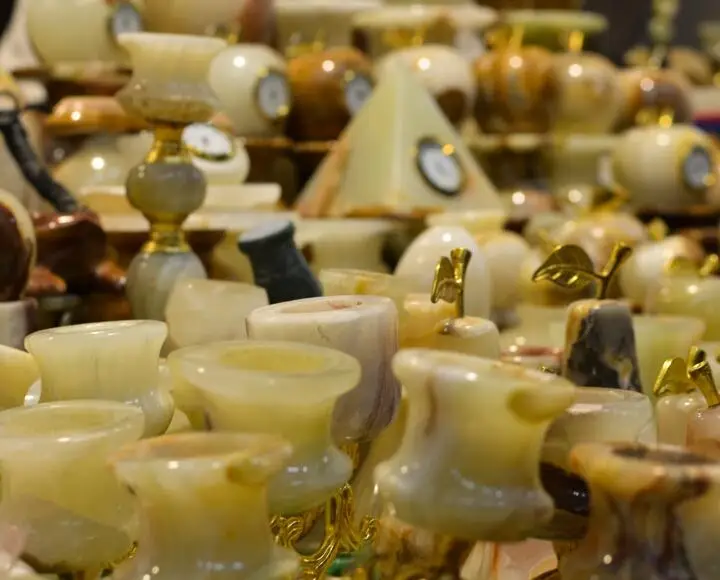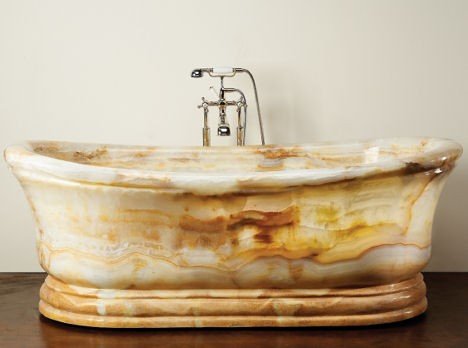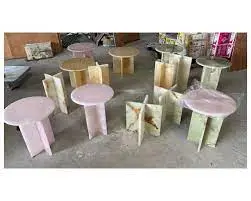All Teakwood Marble Sinks Shapes
- Home
- All Marble Sinks Colors & Shapes
- All Teakwood Marble Sinks Shapes
All Teakwood Marble Sinks Shapes
Rectangle shape Teakwood Marble Sinks, Oval shape Teakwood Marble Sinks, Round bowl Teakwood Marble Sinks, Square shape Teakwood Marble Sinks, Vessel Teakwood Marble Sinks, Pedestal Teakwood Marble Sinks, Farmhouse apron front Teakwood Marble Sinks, Custom design Teakwood Marble Sinks, TeakwoodMarble bathroom sinks, Teakwood marble sink styles, Teakwood marble vanity sinks, Timeless marble sink designs, Elegant marble sink shapes, Marble sink manufacturing process, Teakwood marble sink craftsmanship, Bathroom sink shapes and styles, Versatile marble sink options, Natural stone bathroom fixtures, Luxury marble sink choices, Teakwood marble bathroom decor, Teakwood and contemporary sink designs, Unique marble sink shapes, Premium marble sink selection
All Teakwood Marble Sinks Shapes
The manufacturing process of marble sinks involves several steps to transform raw marble material into finished sinks. Here’s an overview of the typical process:
Material Selection: The process begins with selecting high-quality marble blocks. Different types of marble are chosen based on color, veining, and other aesthetic characteristics.
Cutting and Shaping: The selected marble blocks are cut into rough shapes using saws or wire saws. The rough shapes are then refined and shaped into sink forms using CNC (Computer Numerical Control) machines or traditional carving techniques.
Carving and Sculpting: Skilled artisans may hand-carve intricate designs or details onto the sink’s surface, creating unique patterns or textures that enhance the sink’s aesthetic appeal.
Hollowing and Drilling: The inside of the sink is hollowed out to create the bowl shape. This may involve using saws, grinders, or specialized machinery. Holes for faucets and drains are also drilled into the sink.
Smoothing and Polishing: The sink’s surfaces are smoothed and polished using abrasive pads and polishing compounds. This process brings out the natural luster of the marble and gives it a smooth texture.
Finishing Touches: Artisans may add final details, such as additional carving, edge profiles, or decorative elements, depending on the sink’s design.
Quality Inspection: Each sink undergoes a quality inspection to ensure that it meets design specifications, is free from defects, and has a consistent finish.
Sealing and Protecting: Marble is porous and can be susceptible to staining. To protect the sink, it’s often sealed using specialized sealants to minimize the risk of water and staining agents penetrating the stone.
Packaging and Distribution: Once the sinks pass inspection, they are carefully packaged to prevent damage during transportation. They are then distributed to retailers, wholesalers, or directly to customers.
It’s important to note that the manufacturing process can vary depending on the complexity of the sink design, the type of marble used, and the manufacturing techniques employed by the specific manufacturer. Skilled craftsmanship is often a key element in producing high-quality marble sinks with intricate details and precise finishes.





